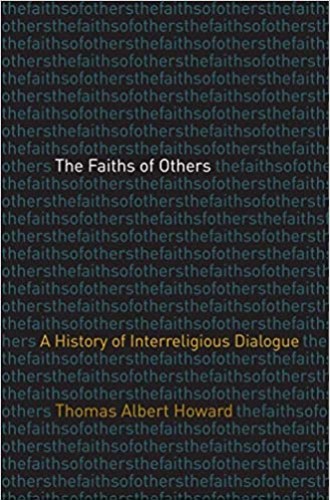The historical roots of interfaith dialogue
Tal Howard offers a carefully researched history, from the Mughal Empire to Nostra aetate and beyond.
Several questions enliven Thomas Albert Howard’s fast-paced history of interreligious dialogue. Where did the interfaith movement come from? Where is it going? “Rarely in history is something entirely unprecedented,” he writes, so how does interfaith dialogue go from “virtually nonexistent, or rare and episodic at best, in the premodern and much of the modern era . . . to becoming a widely embraced ideal in the twentieth century”?
A professor of humanities and history who holds a chair in Christian ethics at Valparaiso University, Howard tells the story of today’s expanding interfaith engagement by focusing on four pivotal moments. He begins in the 16th-century Mughal Empire in India, where the Muslim emperor Akbar hosted intellectual salons with Jews and Christians. He ends in Rome with the promulgation of Nostra aetate by the Catholic Church in 1965. In between, Howard introduces a chapter on the first Parliament of the World’s Religions in Chicago in 1893 and another devoted to the less well-known 1924 London Conference on Some Living Religions within the Empire, which introduced Eastern religions and Islam to the British public.
Each of the chapters is expansive in its approach to the main event, including information about the key players, what predisposed their thinking, and how the events influenced religious engagements that followed. Howard notes that from earliest times, devout adherents struggled to understand and accept religious diversity. It would be a stretch, he writes, “to characterize early medieval interactions . . . as dialogue in the modern sense, but various polemical exchanges bear witness to efforts to make sense of the alterity of rival faiths and to explain one’s own.”





